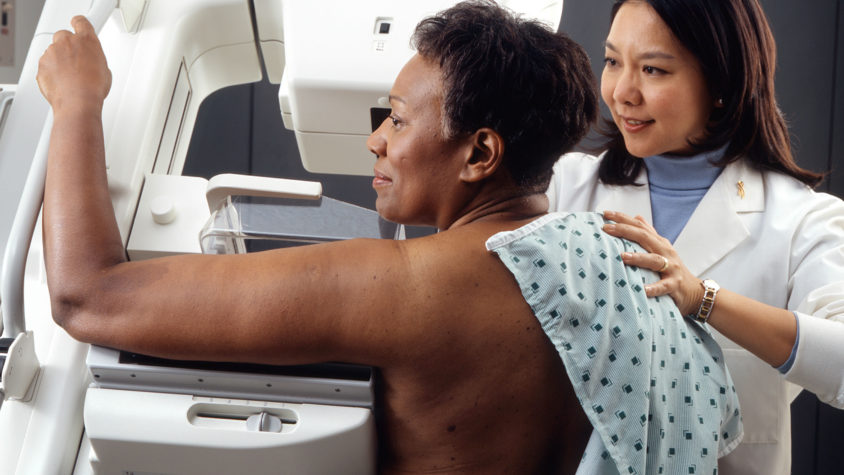By Tehniyet Azam Breast cancer is one of the leading causes of deaths in women. According to breastcancer.com about 1 in 8 women will develop the invasive form of breast cancer. In 2017, 252,710 women will be diagnosed with breast cancer. Breast cancer can be prevented if women check for signs r...
By Tehniyet Azam
Breast cancer is one of the leading causes of deaths in women. According to breastcancer.com about 1 in 8 women will develop the invasive form of breast cancer. In 2017, 252,710 women will be diagnosed with breast cancer.
Breast cancer can be prevented if women check for signs regularly. It is said that women should be getting mammograms after they turn 40 but self examination after you hit puberty is recommended. There are many ways to perform self examinations and if you find something suspicious you should consult your doctor. The doctor can catch the cancer at an earlier stage and it can be prevented. There are three ways you can self examine your breasts for lumps. You can do it in shower, in front of a mirror or lying down on your back. Adult women should complete the self examination at least once a month. According to research at Johns Hopkins Medical Center “Forty percent of diagnosed breast cancers are detected by women who feel a lump, so establishing a regular breast selfexam is very important.”
There are 3 ways that you can perform self examination. Please consult your doctor for any questions or concerns regarding the self examination.
1) In the Shower
Using the pads of your fingers, move around your entire breast in a circular pattern moving from the outside to the center, checking the entire breast and armpit area. Check both breasts monthly, feeling for any lump, thickening, or hardened knot. If you notice any changes or find any lumps, have them evaluated by your health care provider as soon as possible.
2) In Front of a Mirror
Visually inspect your breasts with your arms at your sides. Next, raise your arms high overhead. Look for any changes in the contour, any swelling, or dimpling of the skin, or changes in the nipples. Next, rest your palms on your hips and press firmly to flex your chest muscles. Left and right breasts will not exactly match—few women’s breasts do, so look for any dimpling, puckering, or changes, particularly on one side.
3) Lying Down
When lying down, the breast tissue spreads out evenly along the chest wall. Place a pillow under your right shoulder and your right arm behind your head. Using your left hand, move the pads of your fingers around your right breast gently in small circular motions covering the entire breast area and armpit. Use light, medium, and firm pressure. Squeeze the nipple; check for discharge and lumps. Repeat these steps for your left breast.
Taking these preventive measures can help save your life and reduce your risk of breast cancer. Make sure you see your doctors regularly, and if you notice any changes, schedule an appointment as soon as possible.

